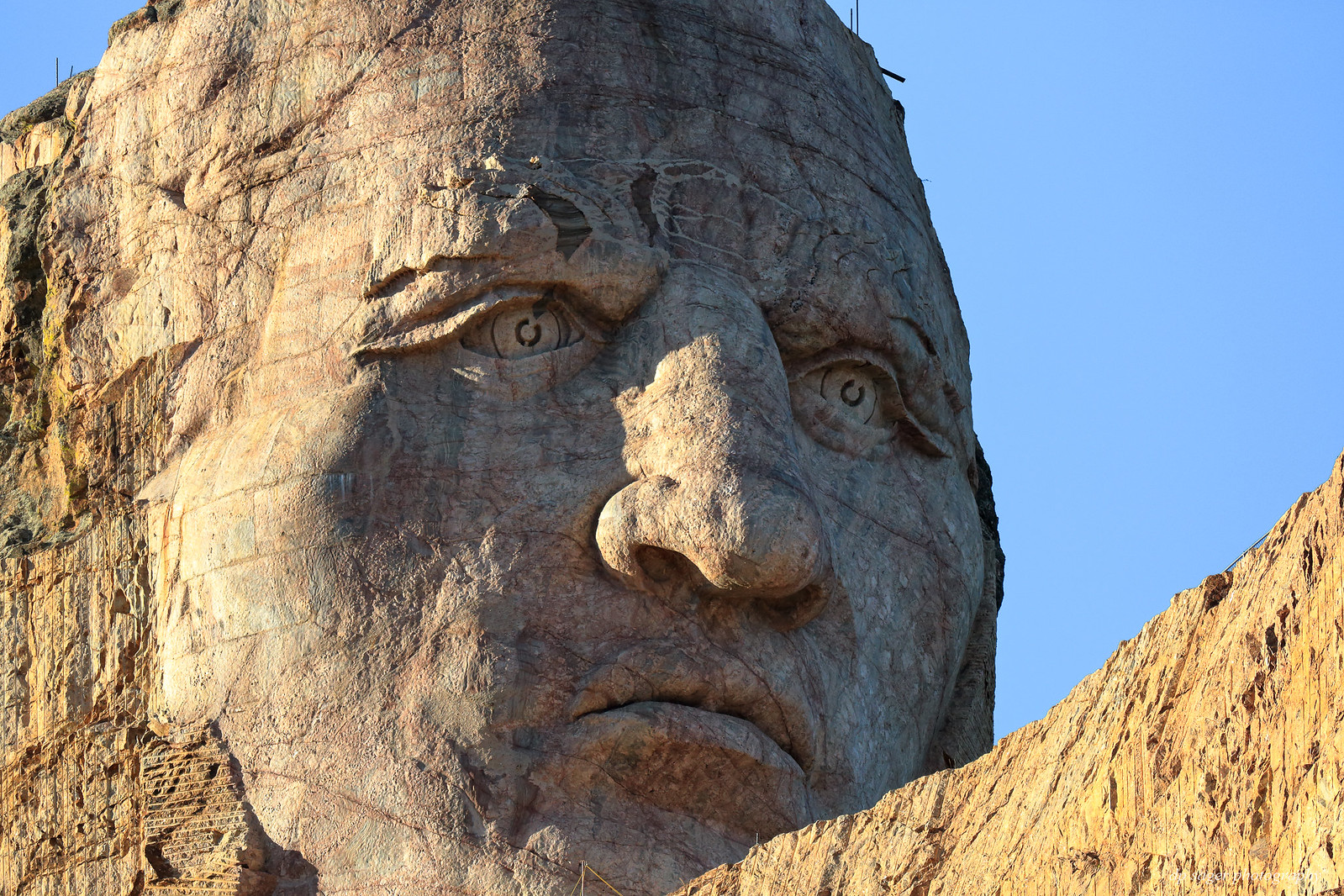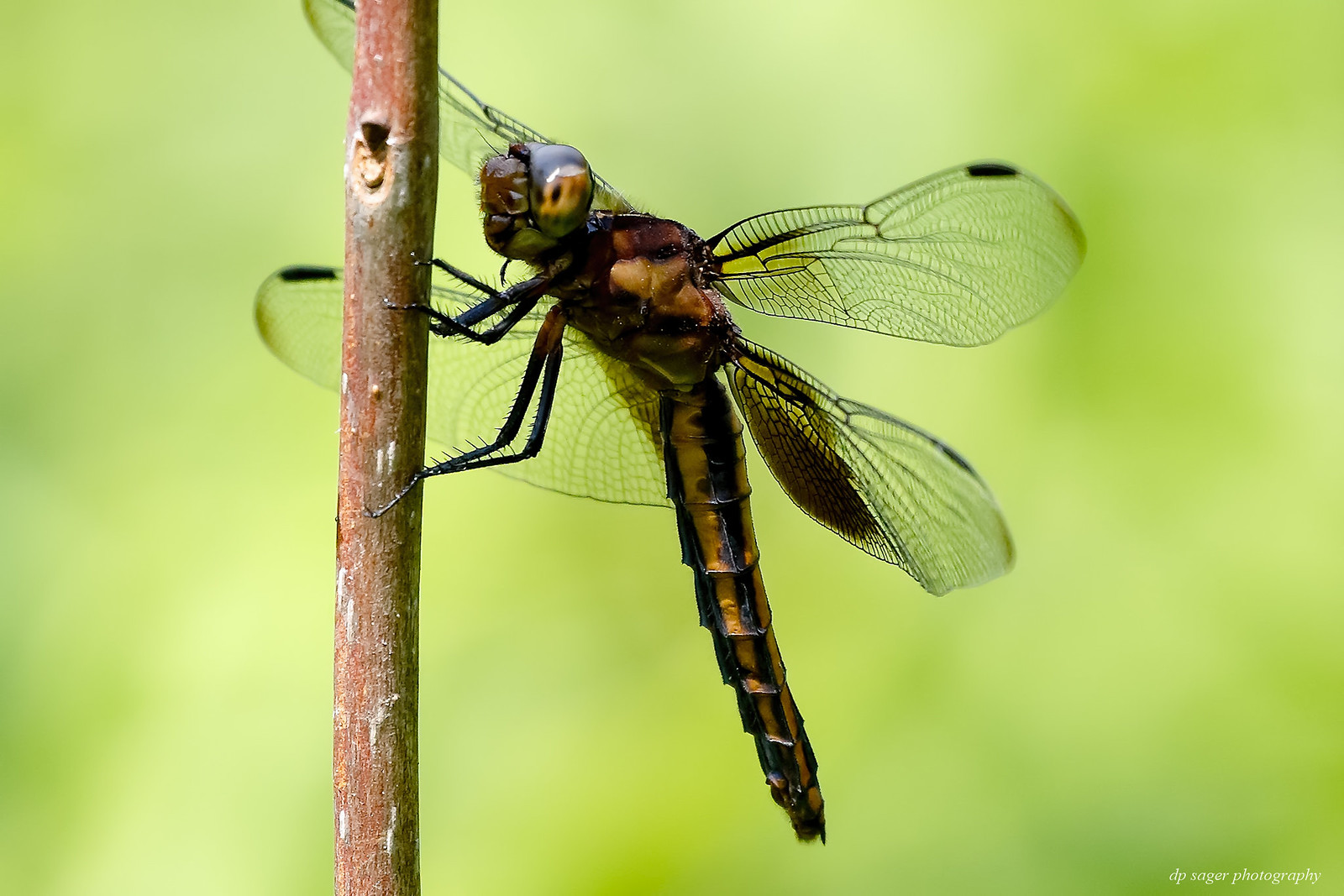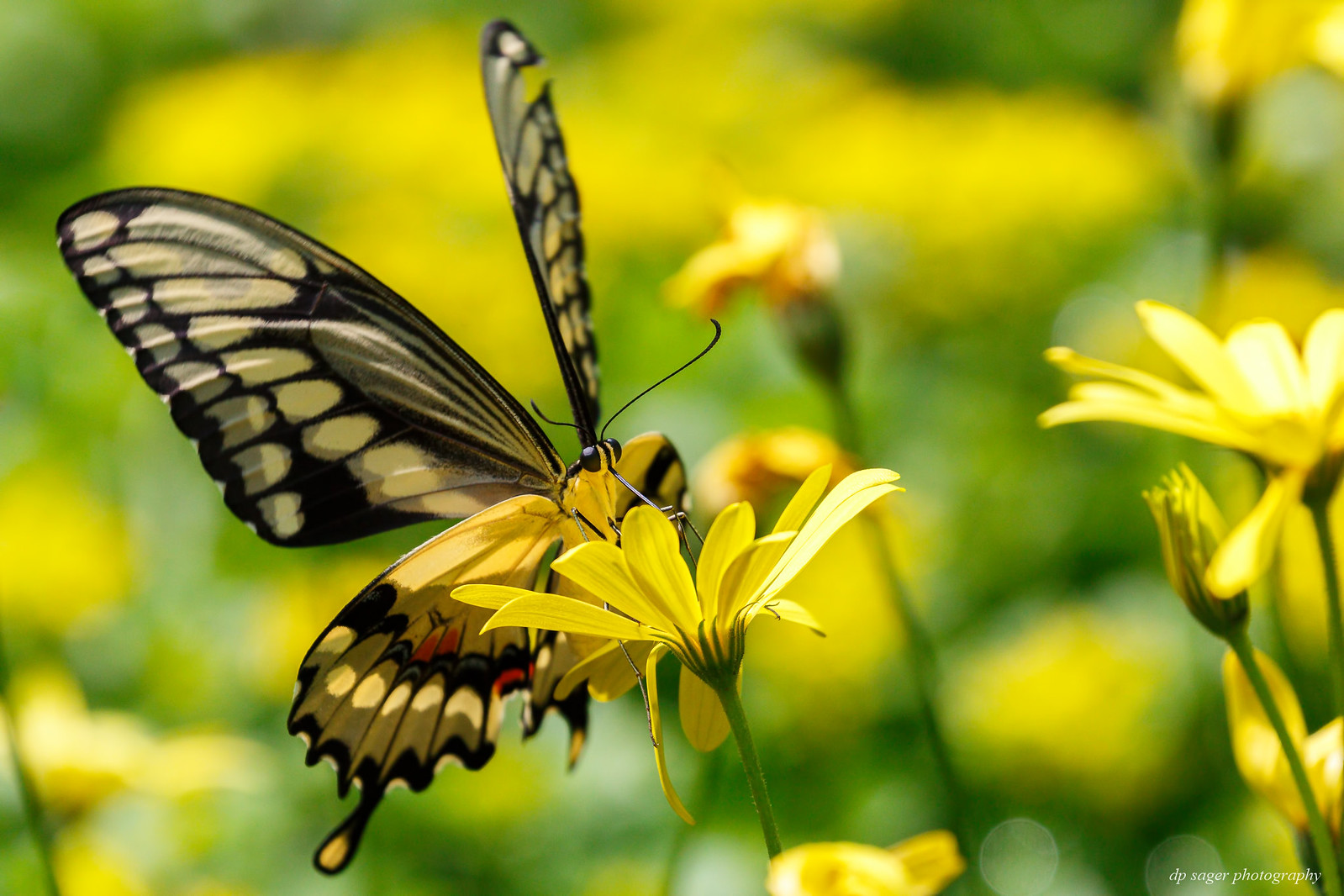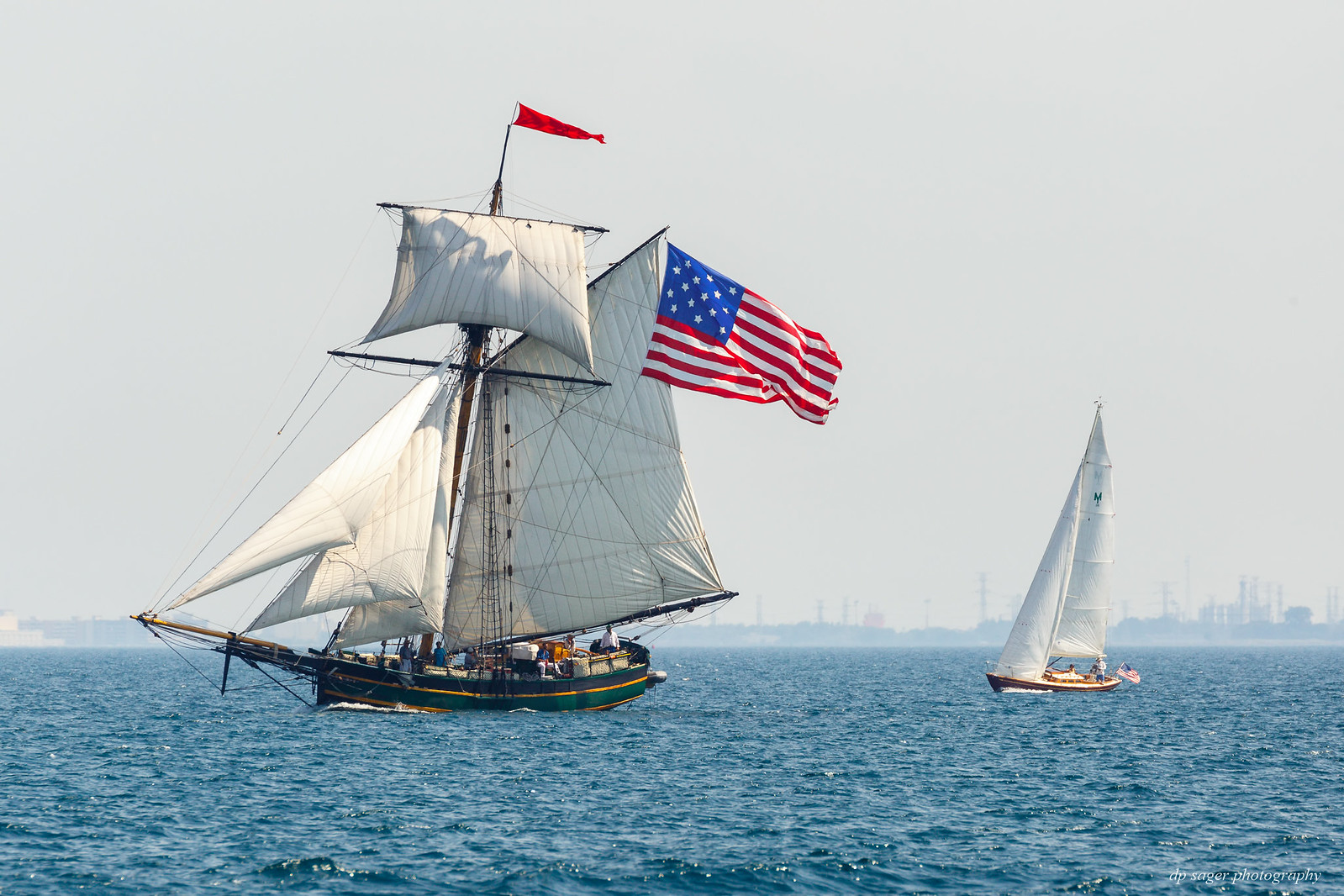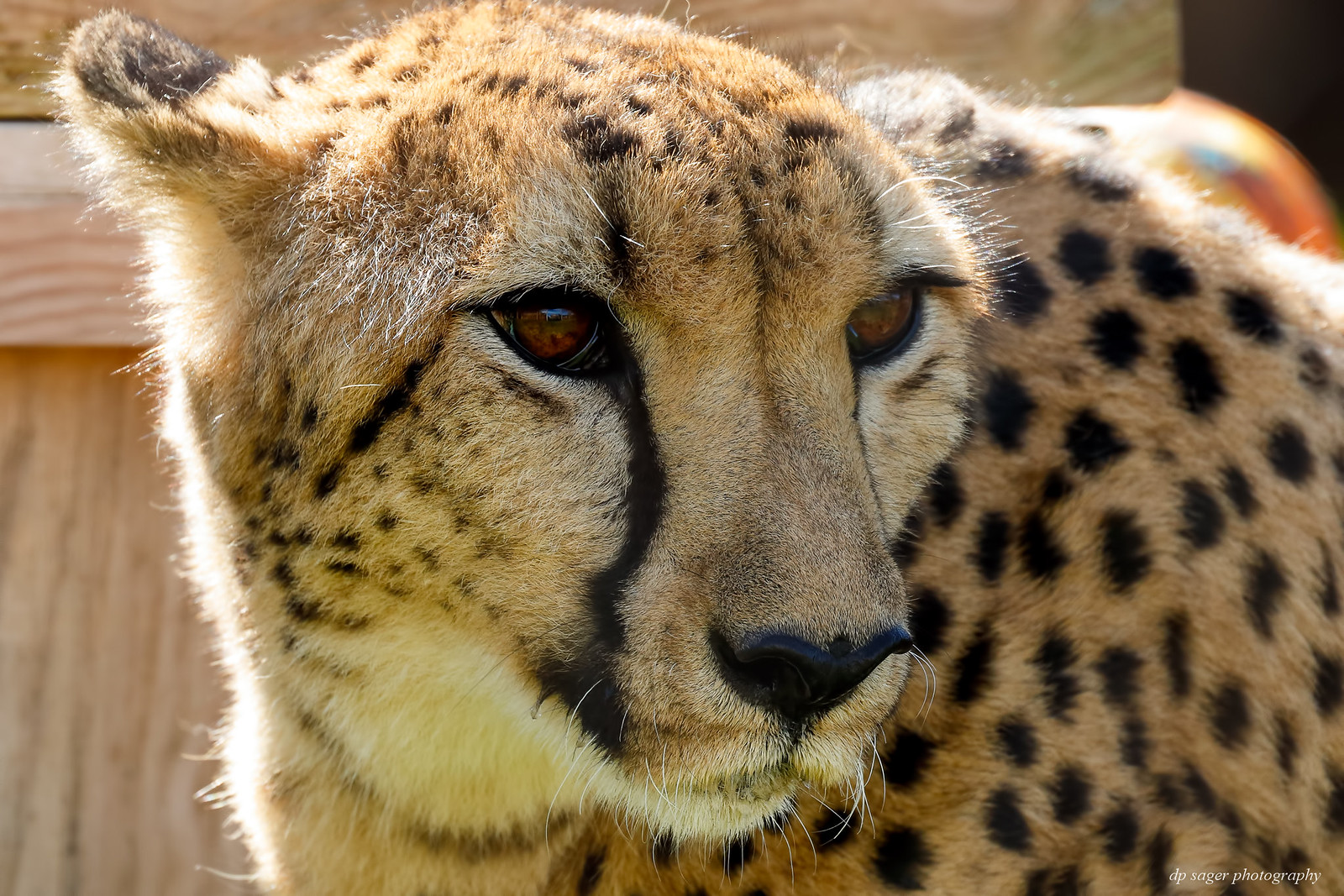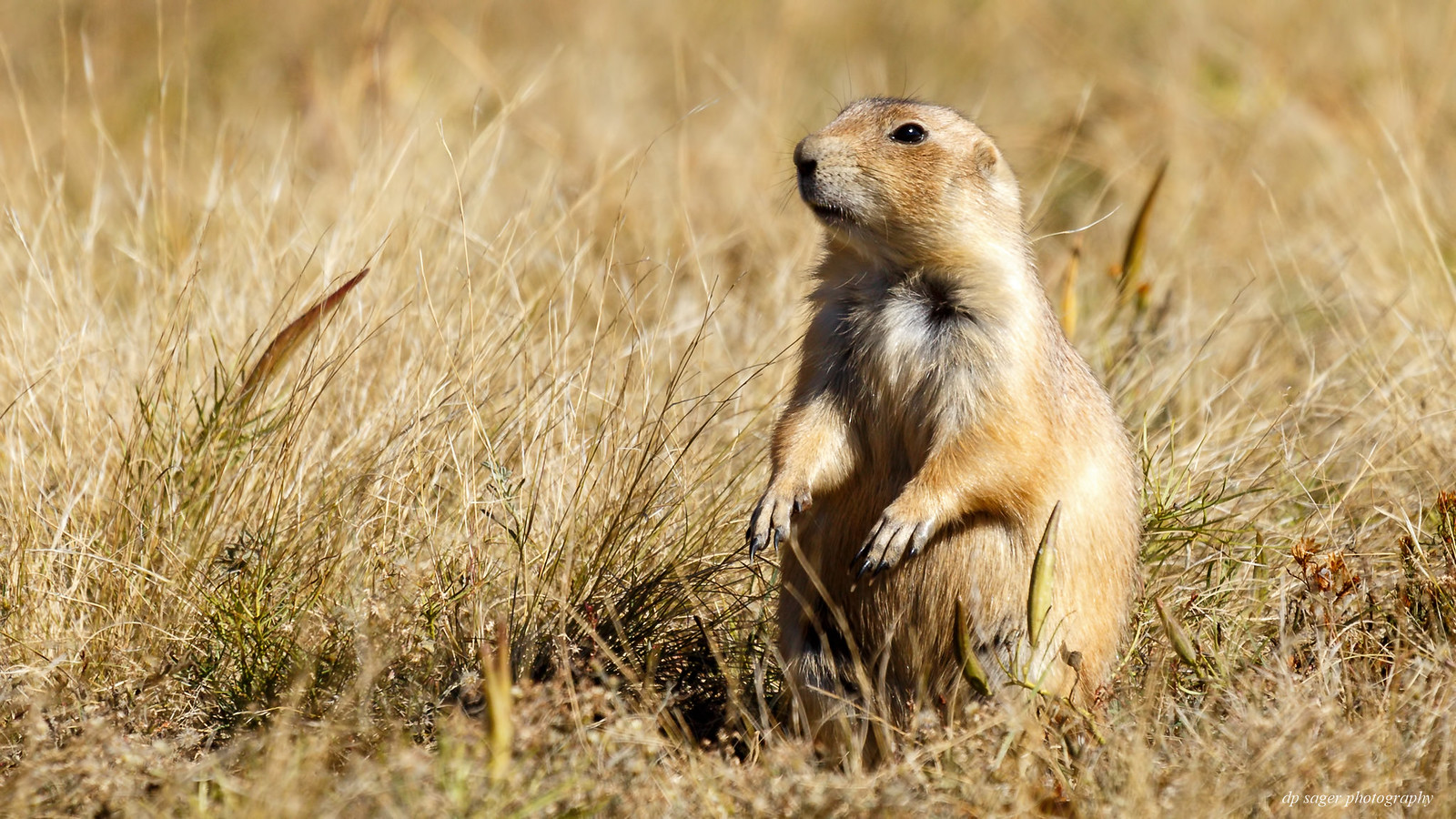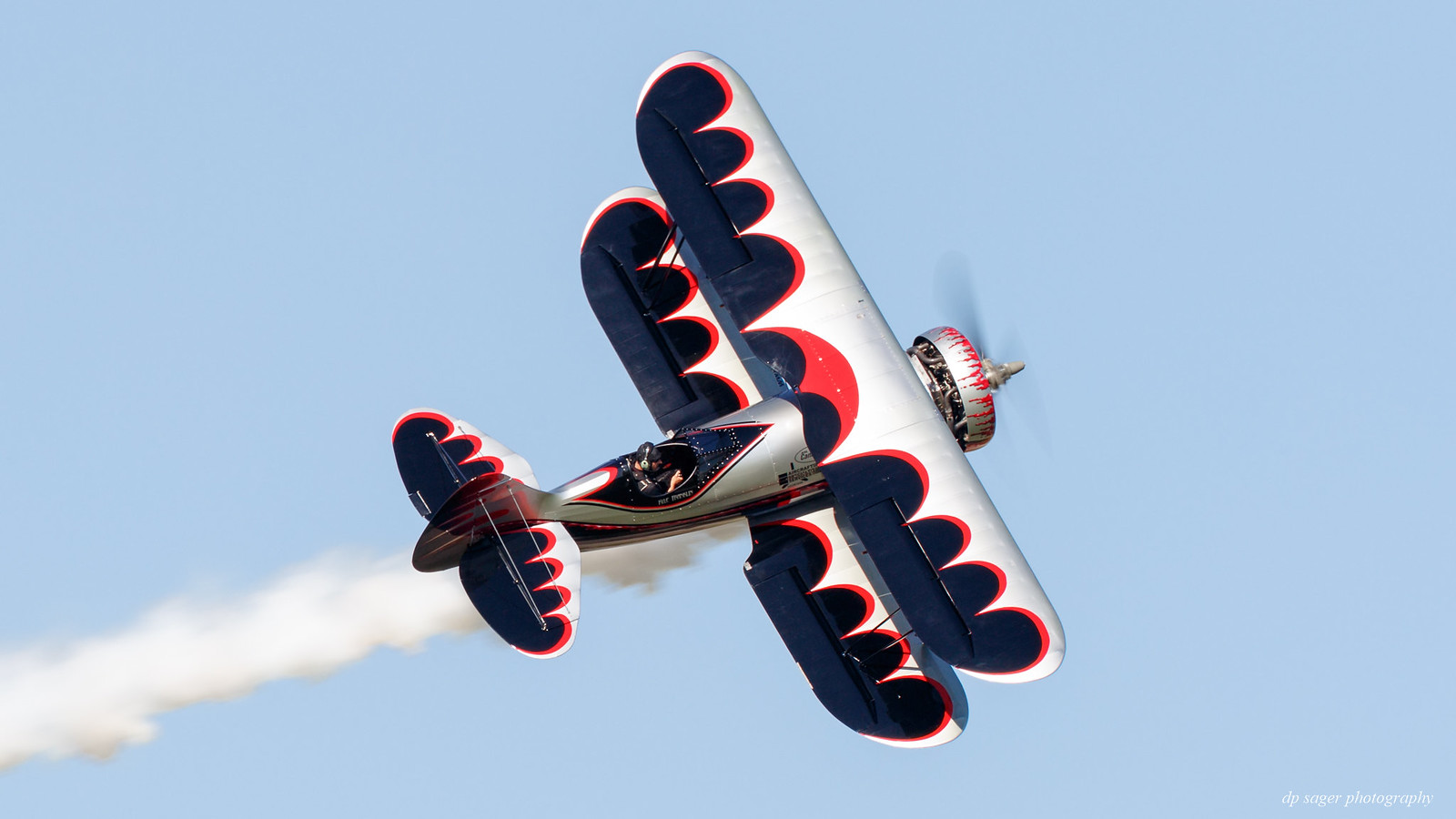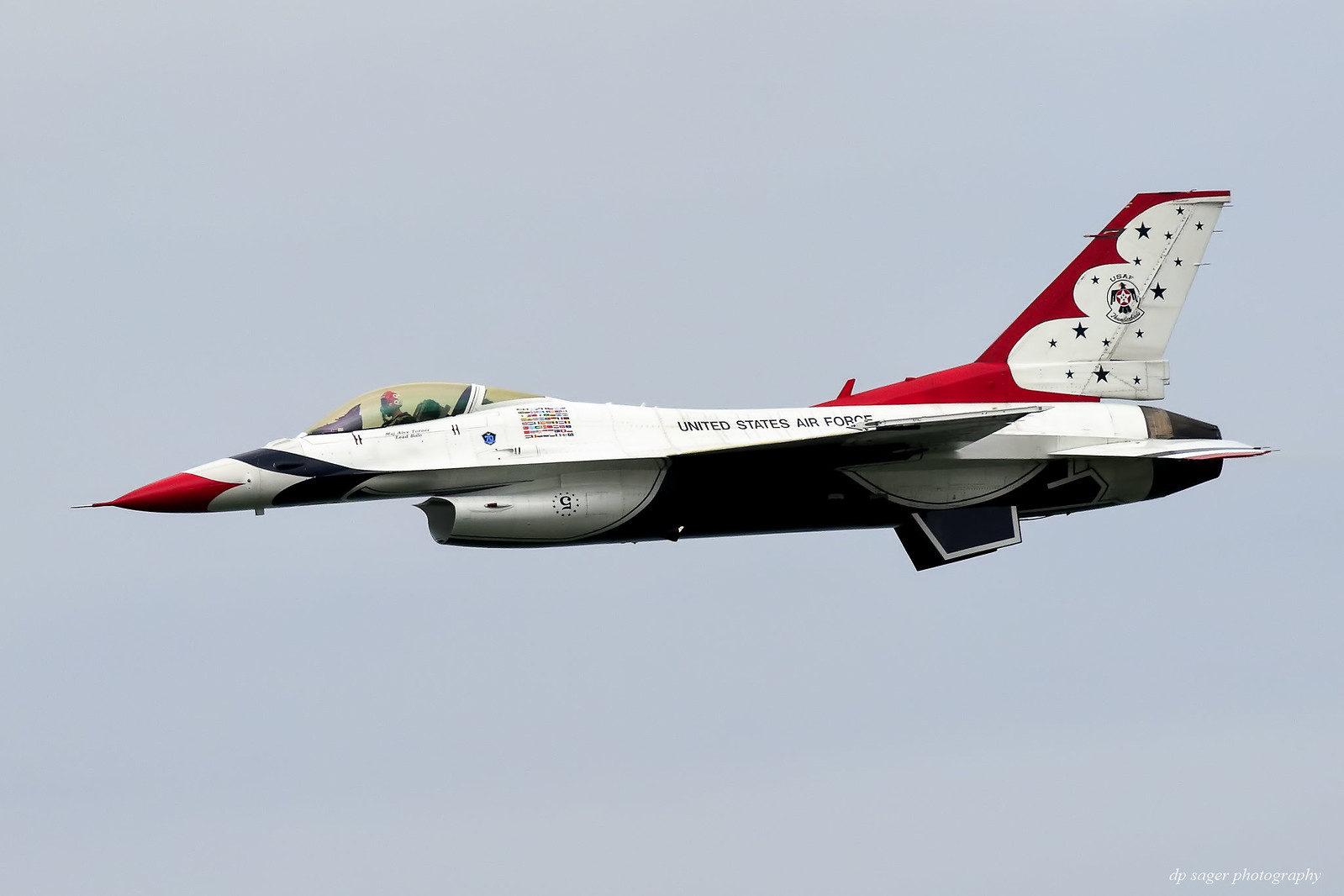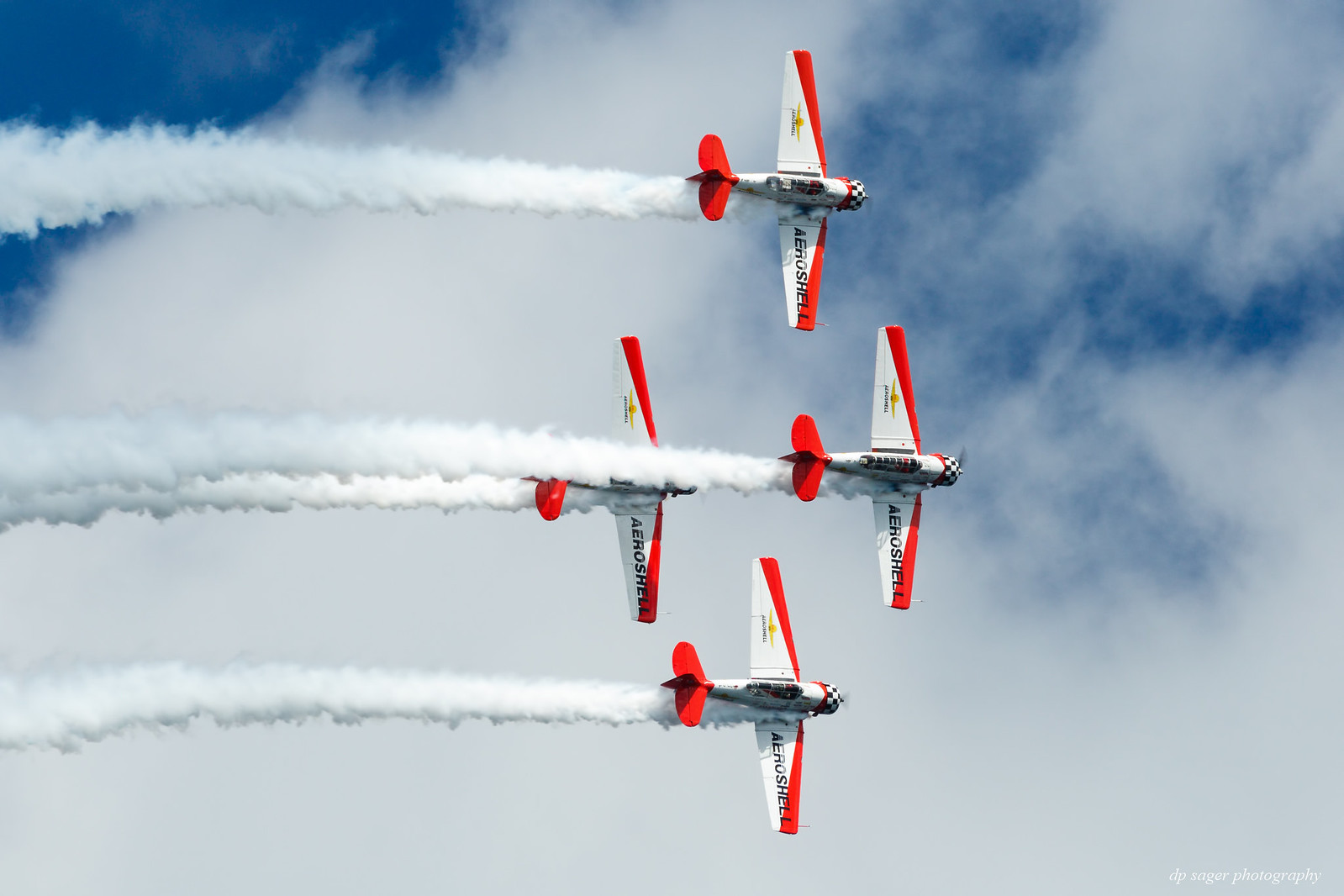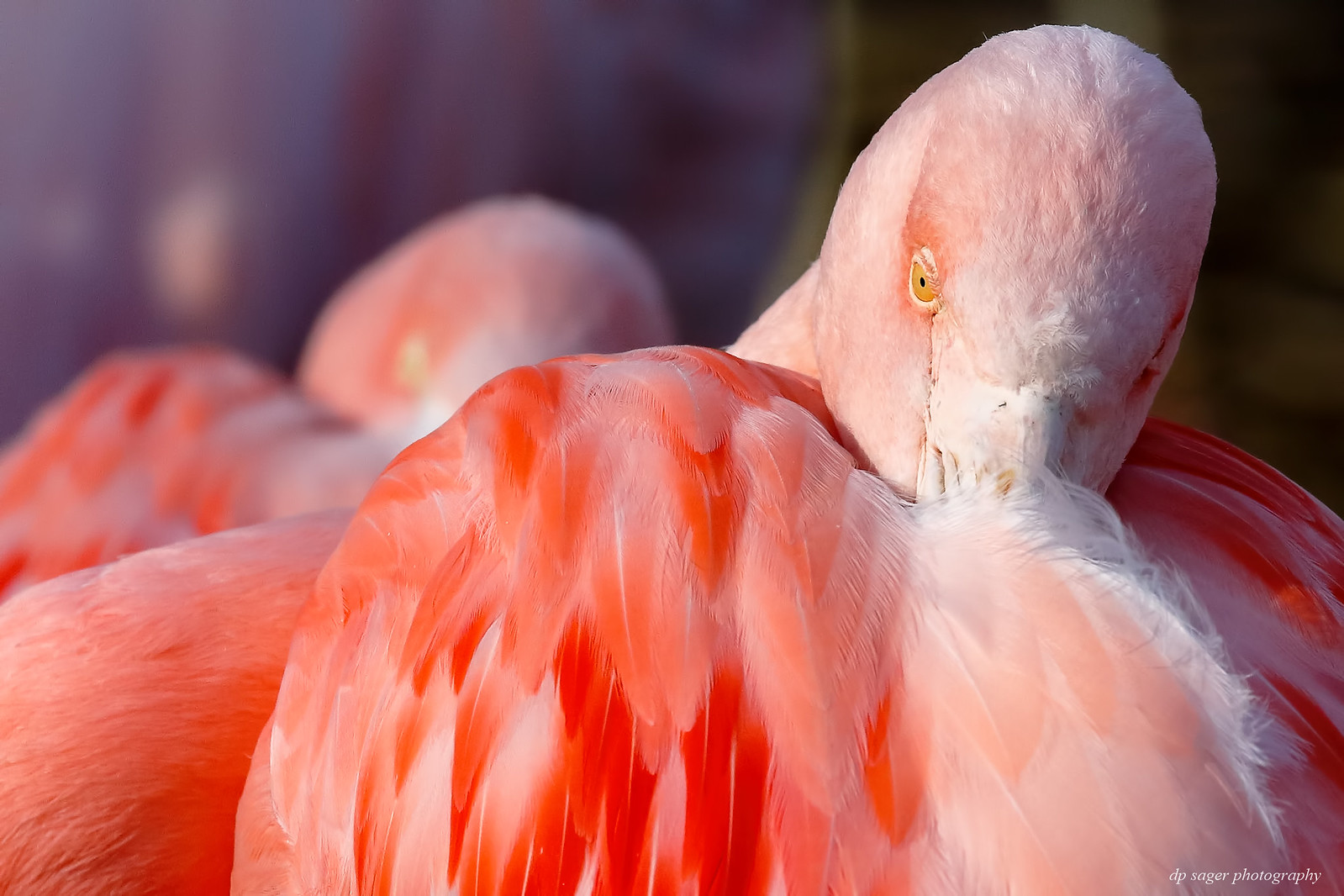Featuring the 100-400L and 1.4x extender
Oct 22, 2018 08:01:26 #
Thank you John, nimbushopper, Jack, Debbie, gregoryd45! Glad you enjoyed and thank you for your kind comments and interest.
Oct 22, 2018 08:15:50 #
Oct 22, 2018 08:38:42 #
CHG_CANON wrote:
This post continues the discussion of Canon L-seri... (show quote)
Wonderful set. Thank you for showing and explaining what equipment can do. Of course the eye of the photographer is the first key to it all.
Oct 22, 2018 09:40:28 #
Another great series Paul. Appreciate the effort you put into these, the information as well las the photos and information on equipment.
Oct 22, 2018 09:48:31 #
CanonTom
Loc: Birmingham
Paul, as always great photos and information! I do have a question if I might....were you using any type of filters on any of these shots. Every single shot you posted is super clear and I have heard it mentioned that the version I does not do well with filters....wondering what your thoughts are as to that as you have experience with both.
Oct 22, 2018 10:11:59 #
Oct 22, 2018 10:36:20 #
CHG_CANON wrote:
This post continues the discussion of Canon L-seri... (show quote)
Many thanks for a fine article...How do I find your initial discussion that you referenced?? I tried search under your name and could not find....thanks
Oct 22, 2018 10:44:35 #
dandev
Loc: Enumclaw, WA
Thanks - 2 weeks ago I upgraded my Tamron 150 to 600 v1 to the Canon 100 to 400 Lii and 1.4x. It is a great lens combo. I got both as Canon refurbished lenses from Canon.
I'm going to put my Tamron up for sale.
I'm going to put my Tamron up for sale.
Oct 22, 2018 10:50:02 #
Oct 22, 2018 10:52:51 #
CanonTom wrote:
Paul, as always great photos and information! I do have a question if I might....were you using any type of filters on any of these shots. Every single shot you posted is super clear and I have heard it mentioned that the version I does not do well with filters....wondering what your thoughts are as to that as you have experience with both.
Thank you Tom! All these images as well as every image posted online at Flickr, etc (expect for macro work such as the Chicago spiders & bees & similar) are captured with lenses using filters. I believe in protecting the front elements of my lenses with filters and do not believe in an observable negative impact on image quality of general photography with high quality filters. I also prefer a deeper blue of sky and the details of clouds a UV filter can provide in certain situations. By 'general' I'll exclude macro and my use of the 180L macro lens. For that lens only, I keep a cheap filter for protection during storage and transport up until I'm ready to shoot and then remove the filter to a pocket. All my lenses have hoods that are always employed, not for protection, but for image quality to shade the front of the lens from light randomly entering from the side.
I walked and grabbed the 100-400L II. It has a Clear B+W XS-Pro. Most of my lenses use the XS-Pro line of filters. As I shoot film and use all my EF lenses, the filters are mostly UV versions rather than Clear. I have some lenses out for a pending trip. A quick survey shows 4 UV and 2 others Clear but there's no 'design' on which is which as I use all the EF lenses for both film and digital. I'd expect my oldest FD lenses use B+W F-PRO UV filters even though they're now used only a Sony a7II. B+W makes colored filters only in the F-PRO line that I use when shooting B&W film.
The two images identified as the mark I version of the 100-400L would have had filters, probably B+W F-PRO based on the age of that lens, but I haven't owned that lens since early 2015 so I have no way of saying for sure.
Filters are not all equal. I've looked at online results such as https://www.lensrentals.com/blog/2017/06/the-comprehensive-ranking-of-the-major-uv-filters-on-the-market/ and informally tested using my own equipment. I don't expect a filter, nor a hood nor lens caps, to protect my lenses from dropping onto a hard floor. But, I do expect filters to keep my lens elements free of dust, fingerprints, waterspray, etc and to avoid scratches on the element even though I only use micro fiber cloths for cleaning and wiping, and then only to the filter. As mentioned above, I want to capture details in clouds and I prefer a UV filter even if I don't have UV filters on every lens in preparation for having sky in my image. For my photography, the image quality and lens protection benefits of B+W filters are observable with no observable negative impact.
I've heard the filter 'knock' on the 100-400 vI. Your best course of action is test your lens for yourself to confirm or disprove that advice based on your own equipment and testing.
Oct 22, 2018 10:56:26 #
AHK wrote:
Many thanks for a fine article...How do I find your initial discussion that you referenced?? I tried search under your name and could not find....thanks
Thank you AHK! You can click the URL link that is my user name and you have options to list all topics created and all messages posted. From my topics created, you should find two recent posts to the Photo Gallery for an airshow @ 1000mm and a prime lens extended to 600mm. Enjoy.
Oct 22, 2018 10:58:40 #
dandev wrote:
Thanks - 2 weeks ago I upgraded my Tamron 150 to 600 v1 to the Canon 100 to 400 Lii and 1.4x. It is a great lens combo. I got both as Canon refurbished lenses from Canon.
I'm going to put my Tamron up for sale.
I'm going to put my Tamron up for sale.
Congratulations dandev! I limited the images to the max extended zoom to highlight the 100-400 capabilities for purposes of comparison to the slightly longer competitors. Glad you enjoyed.
Oct 22, 2018 11:18:47 #
Many thanks for the information and wonderful examples Paul. I purchased the "old" push-pull version 100-400 about a year before the new one came out and have been quite happy with it. It seems there's always something better to buy, but it certainly helps to see examples of what can be done before jumping to the next purchase. My wish list includes the 1.4 extender as well as an upgrade to my 7D, a new computer....well, the list goes on from there.
Oct 22, 2018 11:19:07 #
Thank you fiat76, Mister H, Nalu, Sally, tomad, Vicki! Glad you enjoyed and thank you for your kind comments and interest. The difference for me for the vII to original, beyond the push-pull zoom usage, is the speed of the focus and the capability of the IS. I think the newer is sharper, but the old lens was already excellent. But, usage options with handholding via the IS make a real difference.
Oct 22, 2018 11:23:22 #
CanonTom
Loc: Birmingham
CHG_CANON wrote:
Thank you Tom! All these images as well as every i... (show quote)
Thanks Paul for a detailed account. I believe this helps a lot. I have been using Breakthrough CPL filters on my f4 24-105 L II USM as well as my 70-300 L USM with terrific results. I do appreciate all your comments and advice!
If you want to reply, then register here. Registration is free and your account is created instantly, so you can post right away.


